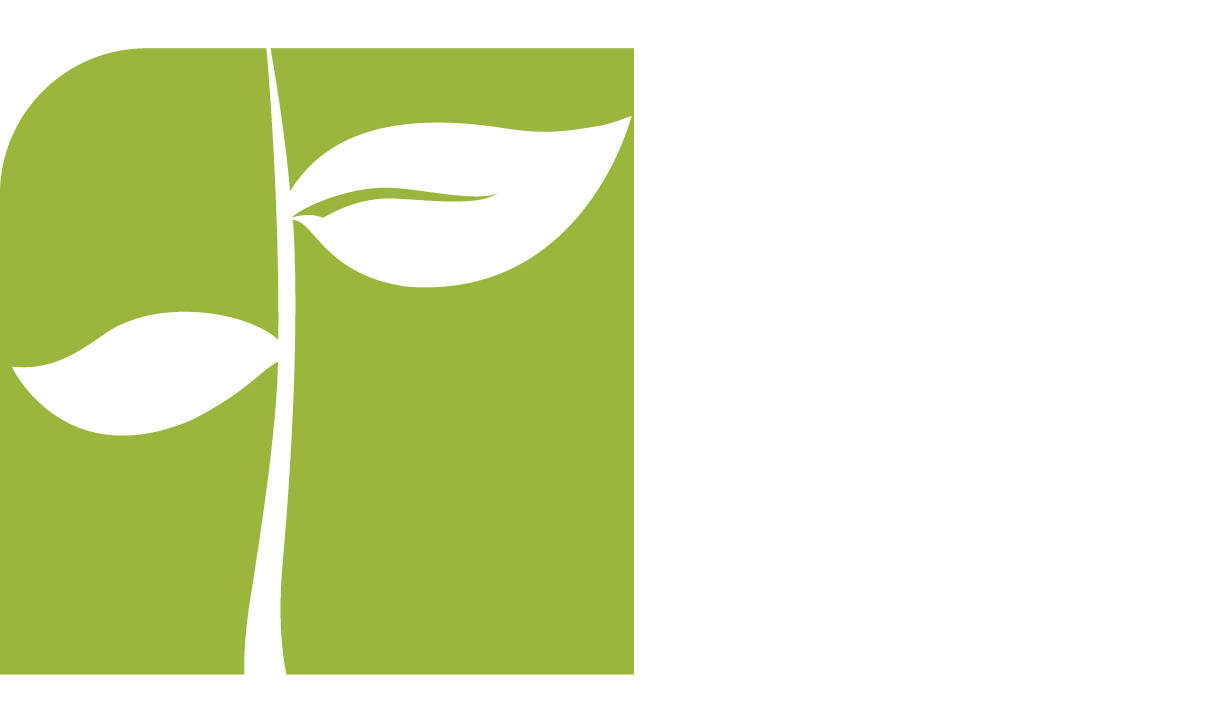In the life of a business, cash flow management is not just accounting – it’s the lifeblood of sustainability. If you can’t predict and control when money comes in and when it goes out, growth becomes fragile. In this post, we’ll explore how deliberate cash flow management, grounded in rigorous cash flow analysis, supports steady expansion – and how New Life CFO can partner with you to do this better.
Why Cash Flow Management Should Be Non‑Negotiable
- Liquidity is king. Profits on paper don’t help pay payroll or vendors if your cash is tied up.
- Flexibility for opportunity. When you have spare cash, you can respond to investment or acquisition chances.
- Defense against shocks. Every business faces surprises (delays in receivables, sudden expenses, seasonality) and good cash flow management cushions those blows.
New Life CFO sees many clients who are “profitable but cash-starved.” They bring fractional CFO leadership to help business owners shift from guessing to precision.
The Role of Cash Flow Analysis
Before you fix anything, you have to understand your cash flows fully. That means:
- Segment inflows and outflows. Break down cash coming in from operations, investing, and financing.
- Track trends & seasonality. Identify regular patterns – peaks, valleys, where cash is most volatile.
- Calculate key metrics. Use metrics like Days Sales Outstanding (DSO), Days Payable Outstanding (DPO), and cash conversion cycle to highlight stress points.
- Stress test scenarios. What happens if sales drop 20%? What if a major client pays late? Use scenario modeling.
A fractional CFO from New Life will use cash flow analysis to pinpoint bottlenecks and prioritize interventions.
Best Practices for Forecasting Cash Flow
- Use a rolling forecast (e.g. 13 or 24 weeks) rather than static annual budgets.
- Build “floor case / expected case / stretch case” scenarios to reveal vulnerabilities.
- Link forecasting tightly to sales pipeline, customer behavior, and payment terms.
- Update forecasts often – at least monthly.
Optimizing Receivables and Payables
- Offer early-payment discounts, but only when margins permit.
- Automate invoicing and reminders. Late invoicing is a hidden cash leak.
- Negotiate longer payables with suppliers – without damaging relationships.
- Evaluate vendor contracts for payment flexibility.
Building Cash Reserves & Buffers
- Aim to maintain an operating cash buffer (e.g. 2-3 months of fixed costs).
- Funnel excess profits into reserve accounts rather than letting them sit unproductively.
- Don’t underreserve just because debt or investment seems “safe” – shutdown risk always looms.
Key Metrics & KPIs to Monitor
To manage cash flow effectively, here are four essential metrics to track:
- Operating Cash Flow: This measures whether your day-to-day business operations are generating enough cash to sustain the business.
- Free Cash Flow: This tells you how much cash remains after accounting for capital expenditures – essentially, what’s available to reinvest or distribute.
- Cash Conversion Cycle: This metric shows how efficiently your company converts inventory and sales into actual cash. A shorter cycle means faster access to cash.
- Current Ratio and Quick Ratio: These liquidity ratios help assess your ability to meet short-term obligations. The quick ratio is more conservative as it excludes inventory.
New Life CFO helps clients design dashboards so leadership sees these metrics in real time.
Scenario Planning & Stress Testing
No forecast is perfect. That’s why you should test:
- A sudden revenue drop
- A big customer default
- A spike in supply costs
- A delay in payments
Use those stress tests to build contingency plans – cut discretionary spend, push back investments, or tap line of credit – all in advance.
How New Life CFO’s Fractional Approach Helps
New Life CFO doesn’t just hand over templates – they roll up sleeves. Their fractional CFOs have run businesses, been CEOs, and bring empathy + rigor. Their process typically involves:
- A financial diagnostic to see where your cash flow leaks most
- Setting up forecasting models and dashboards
- Frequent financial reviews with you
- Hands-on helping you optimize receivable/payable processes
- Coaching you to embed discipline so improvements last
Sample Action Plan You Can Start Today
- Extract the last 12 months of cash inflows/outflows and segment by type.
- Compute DSO, DPO, and cash conversion cycle for that period.
- Build a 3‑scenario 13‑week cash flow forecast.
- Identify top 3 line items you can adjust (e.g. billing speed, vendor terms, inventory).
- Set up a simple dashboard (e.g. Excel, Google Sheets, or BI tool) with key metrics.
- Review with a trusted advisor (or consider bringing in a fractional CFO) for calibration.
Turning Understanding into Sustainable Growth
Cash flow management is not a one-time fix. It’s a discipline. When you combine relentless monitoring, rigorous cash flow analysis, scenario planning, and disciplined process changes, you build a growth engine that endures.
If you’re reading this and thinking, “I need someone to help me get control of these numbers so I can scale confidently,” that’s exactly where New Life CFO can step in. You get a financial partner who not only diagnoses the issues but helps implement and sustain the solutions.
Ready to transform your cash flow into a competitive advantage? Reach out to New Life CFO for a free consultation.
FAQs
Q: How often should I perform cash flow analysis?
A: At a minimum, review monthly – but for fast-growth or volatile businesses, a more frequent cadence may be ideal. The more often you review your finances, the sooner you can detect potential trouble.
Q: Can small businesses really benefit from fractional CFOs?
A: Absolutely. You get strategic financial leadership at a lower cost than hiring a full-time CFO while still getting high-level insight and execution. New Life CFO specializes in working with small and midmarket firms.
Q: What’s the single biggest improvement that helps cash flow most?
A: Speeding up receivables – getting revenue turned into cash faster. But that must be balanced with maintaining customer relationships and not undermining margins.


